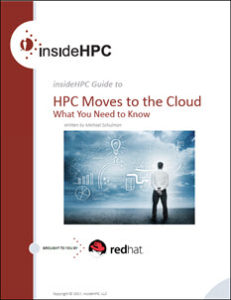
While some domains that rely on computing systems are satisfied with the performance gains that are continuously delivered from processor manufacturers, others require performance that can only be attained through massive parallelism. High-performance computing (HPC) is for those that need the highest performance in order to solve many of today’s most difficult scientific challenges.
By aggregating hundreds to thousands of computing elements with large amounts of memory and very high-speed networking, organizations can solve problems that were never attempted before. Simulations can have more resolution than ever before, and can be run at a lower overall cost as well. Creating a productive system that includes CPUs, accelerators, memory, storage and networking is no simple task, especially one that performs at high scale. While the hardware components can be obtained from multiple vendors, the software-the glue that binds the components together—must be modern, extensible, high-performance and flexible.
Although the definition of an HPC workload may vary, there are certain characteristics that many domains require in order to reach a solution in a timely and expected manner.
- Fast CPUs
- Accelerators
- Memory
- Storage
- Network
In this Guide, you can learn what you need to know.
All information that you supply is protected by our privacy policy. By submitting your information you agree to our Terms of Use.
* All fields required.




